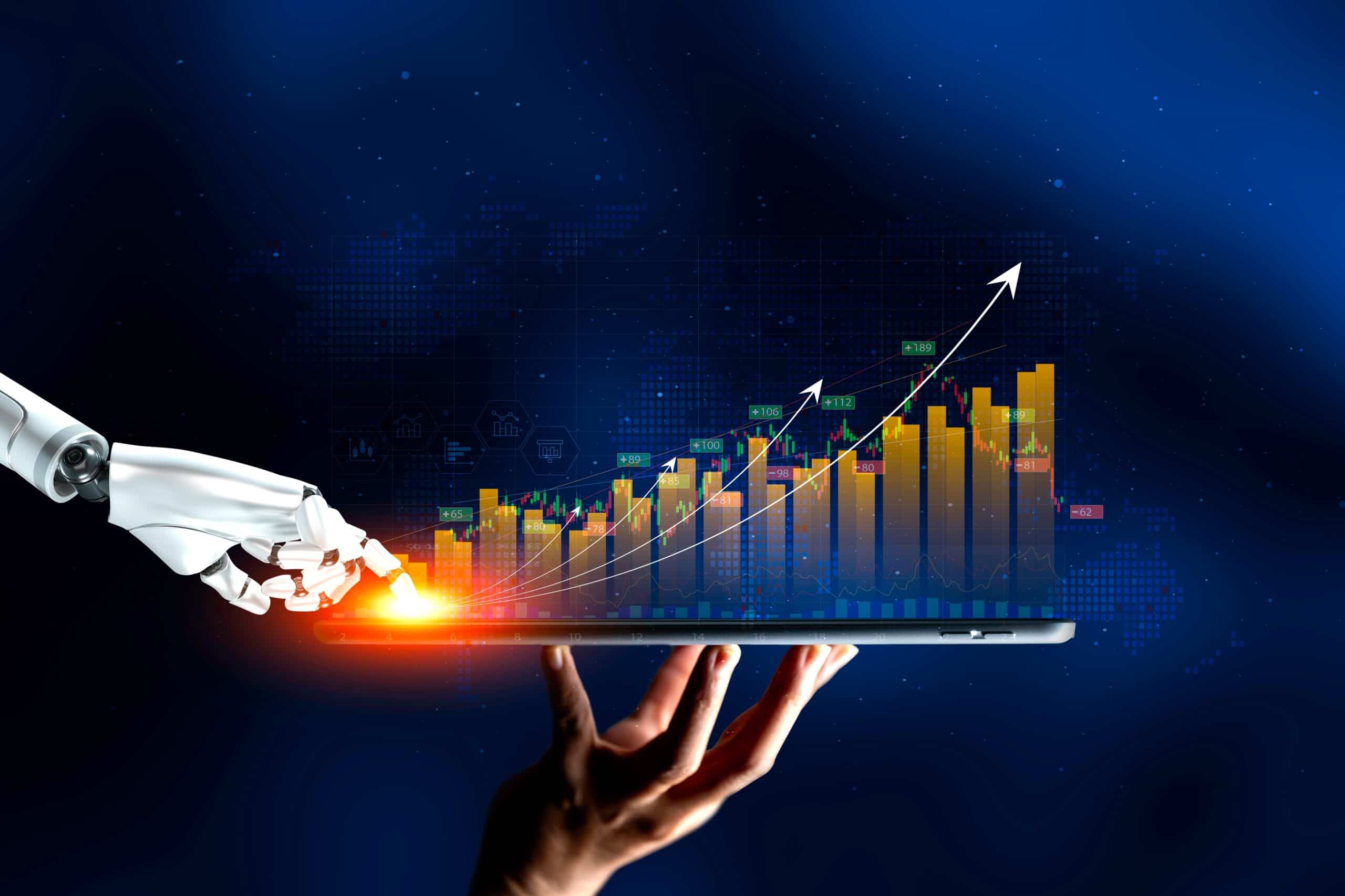
NVIDIA (Nasdaq: NVDA) announced its much-anticipated stock split. Two months ago I laid out the reasons NVIDIA would announce a split and even predicted the time period, and those predictions have now proven correct.
With NVIDIA announcing their split, I want to break out the reasons why Super Micro Computer (Nasdaq: SMCI) is the most likely candidate to announce a stock split next. With NVIDIA shares rising strongly today in part because of their stock split announcement, this could be a catalyst in Super Micro’s near-term future.
1. Its Shares Have Stayed Elevated
The most likely reason Super Micro Computer will announce a stock split next is simply that its shares have stayed elevated. After Super Micro went on a rally that saw its share price crest past $1,200 per share and then quickly fell back to a closing price of $713.65, it looked like a stock split was in danger.
After all, no executive team wants to split shares and then quickly see their share price evaporate. With Super Micro trading at levels closer to $1,000 per share, a 5:1 split (or higher, NVIDIA surprised many by announcing a 10:1 split) would still leave plenty of room that shares wouldn’t trade to uncomfortably cheap levels in market turbulence.
Right now, few technology companies trade for more expensive price levels than Super Micro. Examples of more expensive stocks include: Booking Holdings (Nasdaq: BKNG) trading for $3,790, MercadoLibre (Nasdaq: MELI) trading for $1,730, and Broadcom (Nasdaq: AVGO) trading for $1,411. It’s a relatively short list of companies.
2. Super Micro is a Retail Favorite

If you engage with investor communities – you’ll quickly find that Super Micro is one of the more popular stocks for retail traders. The reason for this is simple: they’re one of the clearest beneficiaries of the AI boom and their share price growth coincides with massive revenue gains.
One of the strongest arguments for a cheaper share price is it makes stocks more accessible to retail traders. While most brokerages now offer fractional shares (so you could buy a half share of Super Micro for $450), the simple reality is that people prefer having whole numbers of shares. This is an anecdote, but I can’t tell you how many times I’ve been asked a variation of the question of which stock I own the highest number of shares in.
Obviously, this doesn’t relate to which stock I own the most of, but people like having more of things. Your average person would much rather own 5 shares of Super Micro versus .5 shares, even if the total value was the same.
3.) Stock Split Have Driven Share Returns
Here are some of the most recent major stock split returns, alongside the company’s performance the next day:
- NVIDIA (May 2024): Up 10.5% (as of noon EDT)
- Lam Research (May 2024): Up 2%
- Chipotle (March 2024): Up 3%
- Celsius (November 2023): Up 8%
- Palo Alto Networks (August 2022): Up 12%
- Shopify (April 2022): Up 2%
- Amazon (March 2022): Up 5%
- Alphabet (February 2022): Up 8%
- Apple July 2020): Up 10%
Many of these stocks were announcing splits alongside earnings, which complicates matters, but the pattern is fairly clear. Announcing a stock split is partially a branding exercise that gets the stock on more investor’s radars. With Super Micro continuing to brand itself as on of the biggest AI beneficiaries and a company that’s not simply a flash in the pan and can keep growing revenue for years to come, a stock split is a powerful catalyst management can lean on.
My prediction: Before the end of the year, Super Micro will announce a split, and they’ll continue on the pattern of stocks that jump the next day.
Thank you for reading! Have some feedback for us?
Contact the 24/7 Wall St. editorial team.





